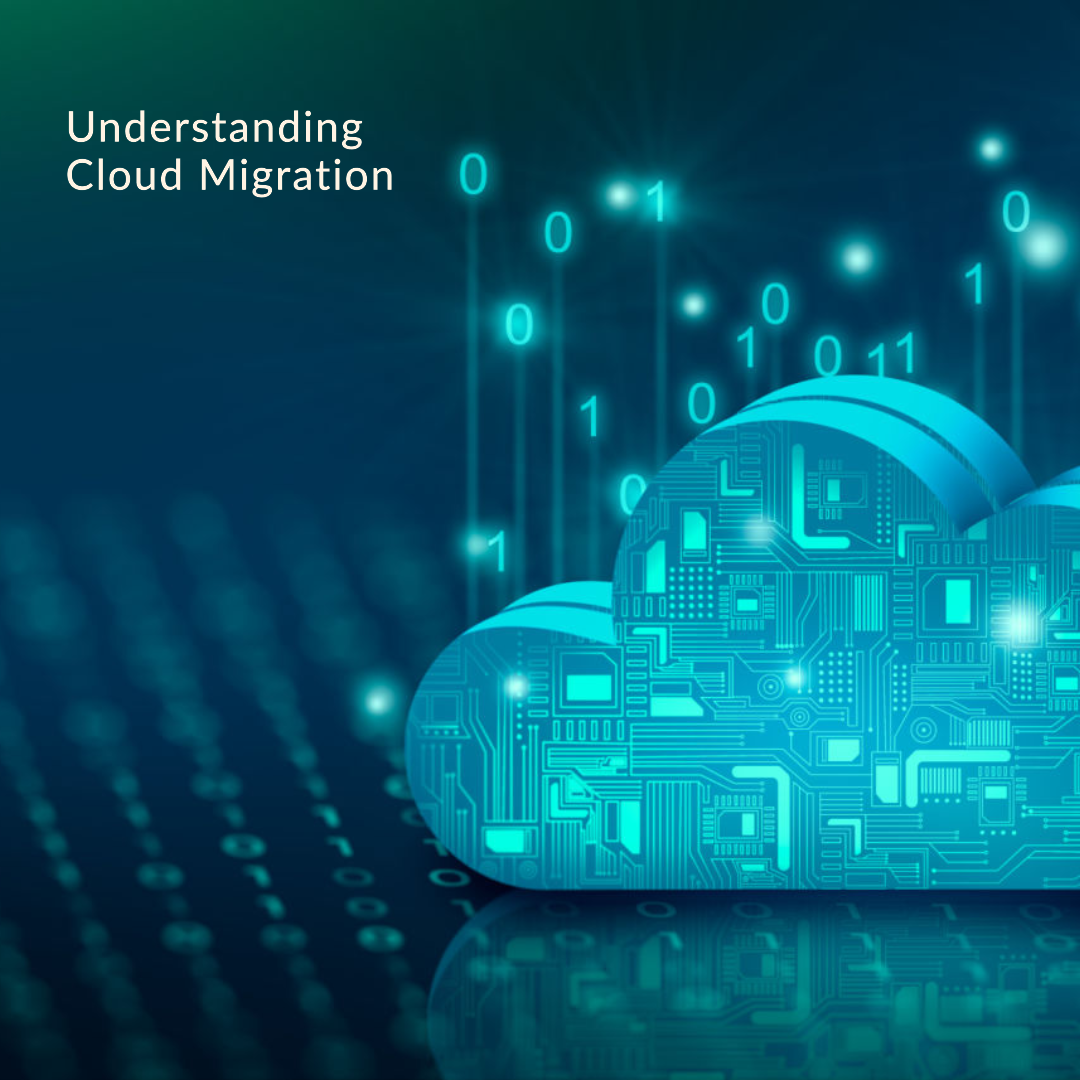Introduction
In the digital age, the cloud has become a pivotal cornerstone for businesses worldwide. As a professional cloud expert at Oskfel Software, I’ve seen first-hand the transformative impact that a successful migration to the cloud can have on a business. In this post, we aim to demystify what cloud migration is, delve into its relevance in today’s business landscape, and share how we at Oskfel Software have successfully guided other businesses on this transformative journey.
What is Cloud Migration?
Cloud migration is the process of moving data, applications, or other business elements from an on-premises infrastructure to the cloud. Cloud environments could be public (like Amazon Web Services, Microsoft Azure, or Google Cloud), private (cloud infrastructure exclusively used by a single business), or a hybrid combination of both. This process can also involve moving from one cloud environment to another, which we refer to as cloud-to-cloud migration.
At Oskfel Software, our cloud migration strategy involves a comprehensive approach that includes understanding your business needs, assessing your current infrastructure, planning the migration process, executing it, and providing continuous support and optimization post-migration.
The Relevance of Cloud Migration Today
The business landscape today is rapidly evolving and increasingly competitive. The ability to access data and services anywhere, anytime is no longer a luxury; it’s a necessity. Cloud migration is a strategic move that enables businesses to meet these demands and gain a competitive edge.
Here’s why cloud migration is relevant today:
- Scalability: The cloud allows businesses to scale their computing resources up or down according to their needs. This flexibility prevents over-provisioning and under-provisioning, thus saving costs and ensuring efficient operations.
- Cost Efficiency: Cloud migration can help businesses significantly reduce the cost of managing and maintaining their IT systems. Instead of purchasing expensive systems and equipment, you can reduce costs by using the resources of a cloud service provider.
- Collaboration Efficiency: Cloud-based workflow and file-sharing apps allow teams to collaborate from any location, enhancing productivity and facilitating seamless remote work.
- Disaster Recovery: Having your data stored in the cloud ensures it’s backed up and protected in a secure and safe location. This allows for a swift recovery in the event of a data loss incident.
- Security: Many cloud providers offer a broad set of policies, technologies, and controls that strengthen your security posture overall, helping protect data, apps, and infrastructure from potential threats.
Oskfel Software’s Track Record in Successful Cloud Migrations
At Oskfel Software, we pride ourselves on our successful track record in helping businesses around the globe migrate to the cloud. We’ve helped businesses in various sectors, from e-commerce and manufacturing, leverage the benefits of the cloud.
Conclusion
In an era where digital transformation is integral to business success, cloud migration acts as a key enabler. At Oskfel Software, our expertise lies in understanding this complex process and tailoring a migration strategy that aligns with your business goals. This post is just the beginning of our cloud migration series. Stay tuned as we dive deeper into the technical aspects, benefits, and challenges of cloud migration in the upcoming posts.








